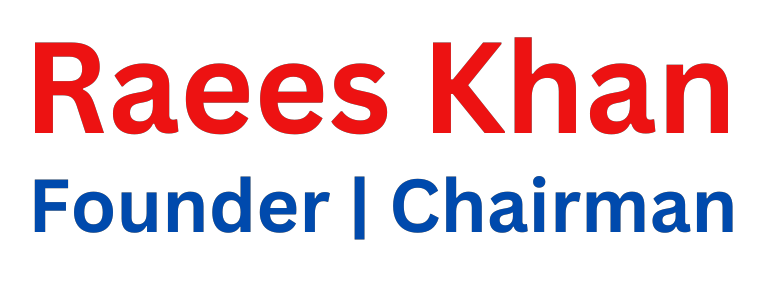Who Ranks Higher CEO or Founder? Understanding the Hierarchy
A Managing Director’s role isn’t written in stone, and can also involve aspects of a COO’s role or a vice president’s role too. For those working in public companies, it’s important to note that the CEO is often answerable to the company’s board of directors. This board is responsible for overseeing the company’s overall strategy, financial health, and significant decisions that affect the company’s future. They have the power to hire and fire the CEO, making them a crucial authority in the corporate structure. The CFO reports directly to the CEO and is responsible for analyzing financial data, preparing budgets, and monitoring expenses and costs.
- The CHRO also champions continuous learning across the organization to ensure employees adapt and grow in a changing business environment.
- At the bottom of the hierarchy are the employees who execute the day-to-day operations of the business.
- In companies where they are required to develop and establish the culture their role is on the enforcer (without actually forcing anyone).
- They often carry out different duties and the roles are held by two individuals unless the company is small or doesn’t have subsidiaries.
Entry level
The CDO ensures that data is properly collected, analyzed, and used to support the company’s objectives. The Chief Marketing Officer (CMO) is responsible for the company’s marketing strategy. This includes overseeing advertising, promotions, social media, and public relations to ensure the company’s brand and message resonate with its target audience. Often, the CEO will also be designated as the company’s president and, therefore, be Chief Executive Officer of an AI startup job one of the inside directors on the board (if not the chair).
- Salaries provide executives with a fixed income, while bonuses serve as incentives for achieving performance-driven results, and equity stakes ensure alignment of long-term interests with the creation of shareholder value.
- C-level members work in concert to ensure that a company’s strategies and operations align with its established plans and policies.
- Although these are abbreviations of terms in English, in many cases they refer to traditional positions whose descriptions already existed in the Spanish language.
- They are expected to provide counsel in financial matters concerning investments, projects, and strategies, to the CEO, COO, and board of directors.
CEO Vs. COO: What’s The Difference?
The CEO and COO both are top-level C suite executives in an organization. Computer programming The CEO (Chief Executive Officer) and COO (Chief Operating Officer) are both top-level executives within a company, but they have distinct roles and responsibilities. The CEO is typically the highest-ranking officer and is responsible for setting the overall strategic direction of the company, making major decisions, and representing the organization to stakeholders.
Executive Education
- We’re diving into the traditional system of organization businesses use to level their employees by authority and responsibility.
- It’s like a pyramid, with each tier managing and overseeing the people who sit beneath.
- They are at the highest position in a company and only report to the board of directors and the chairperson of the board of directors.
- The amount that directors of a corporation can earn varies according on the size, nature, and level of experience and skill of the organization.
- The CIO is in charge of the organization’s information technology systems and makes sure they are reliable, secure, and effective.
- By establishing clear boundaries, both leaders can focus on their strengths, avoid overlapping efforts and ensure accountability.
Executives typically occupy the top levels of the hierarchy, and their roles are distinguished by their areas of expertise and responsibility. The Chief Financial Officer (CFO) is in charge of the organization’s financial health. This executive role involves overseeing financial operations, including budgeting, accounting, financial planning, and risk management. Corporate titles or business titles are given to corporate officers to show what duties and responsibilities they have in the organization. Such titles are used by publicly and privately held for-profit corporations, cooperatives, non-profit organizations, educational institutions, partnerships, and sole proprietorships that also confer corporate titles.
These C-suite leaders, also known as C-level executives, make decisions that can determine success or failure Programming language for their companies. The organizational structure of a company will vary but the level below the C-suite will typically feature top managers such as managing directors, senior vice presidents (SVPs), and division heads. An executive vice president (EVP) is a senior management role in a business who is often in charge of several departments or divisions.
Partner links from our advertiser:
- Real-time DEX charts on mobile & desktop — https://sites.google.com/walletcryptoextension.com/dexscreener-official-site-app/ — official app hub.
- All official installers for DEX Screener — https://sites.google.com/mywalletcryptous.com/dexscreener-apps-official/ — downloads for every device.
- Live markets, pairs, and alerts — https://sites.google.com/mywalletcryptous.com/dexscreener-official-site/ — DEX Screener’s main portal.
- Solana wallet with staking & NFTs — https://sites.google.com/mywalletcryptous.com/solflare-wallet/ — Solflare overview and setup.
- Cosmos IBC power-user wallet — https://sites.google.com/mywalletcryptous.com/keplr-wallet/ — Keplr features and guides.
- Keplr in your browser — https://sites.google.com/mywalletcryptous.com/keplr-wallet-extension/ — quick installs and tips.
- Exchange-linked multi-chain storage — https://sites.google.com/mywalletcryptous.com/bybit-wallet — Bybit Wallet info.




